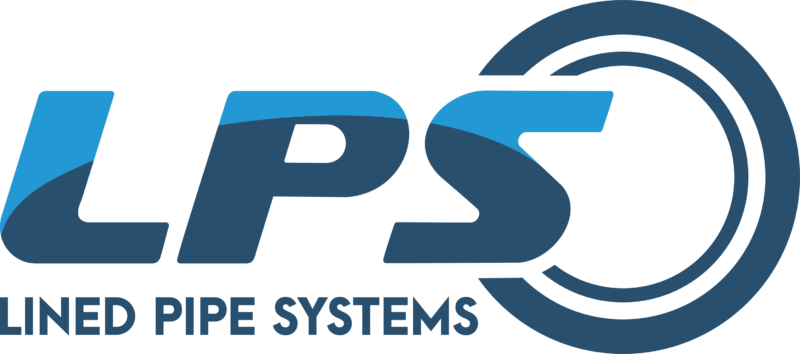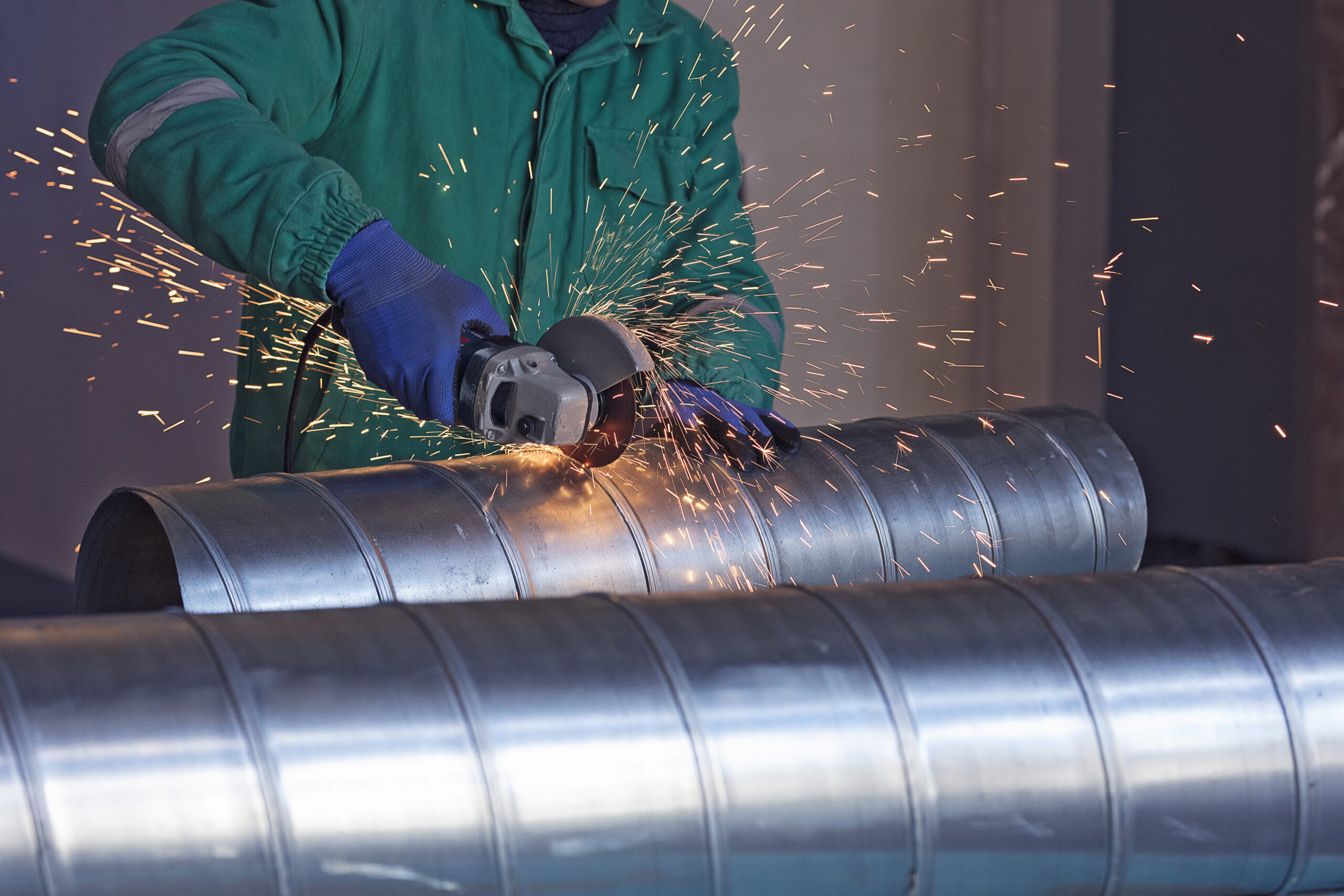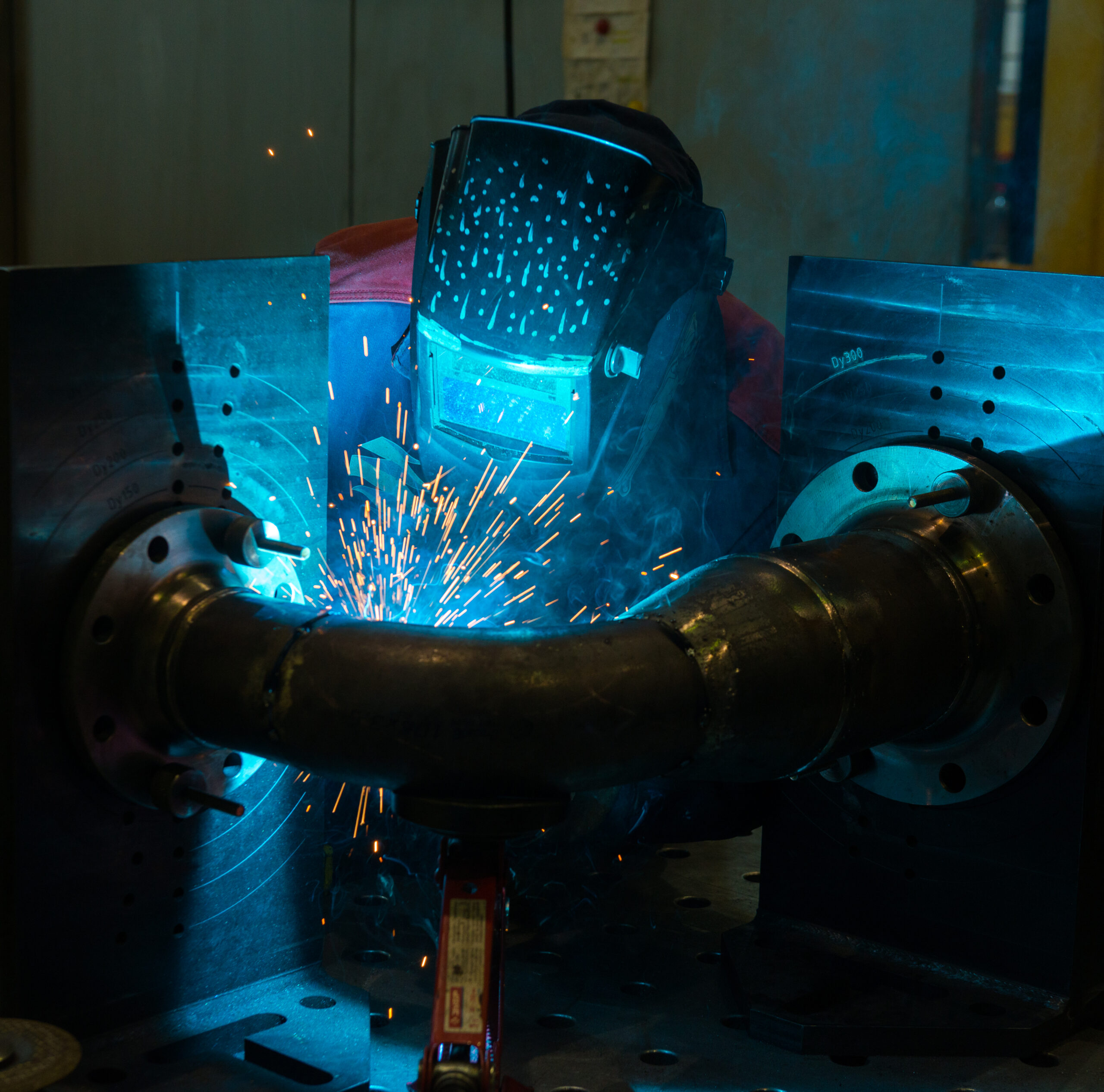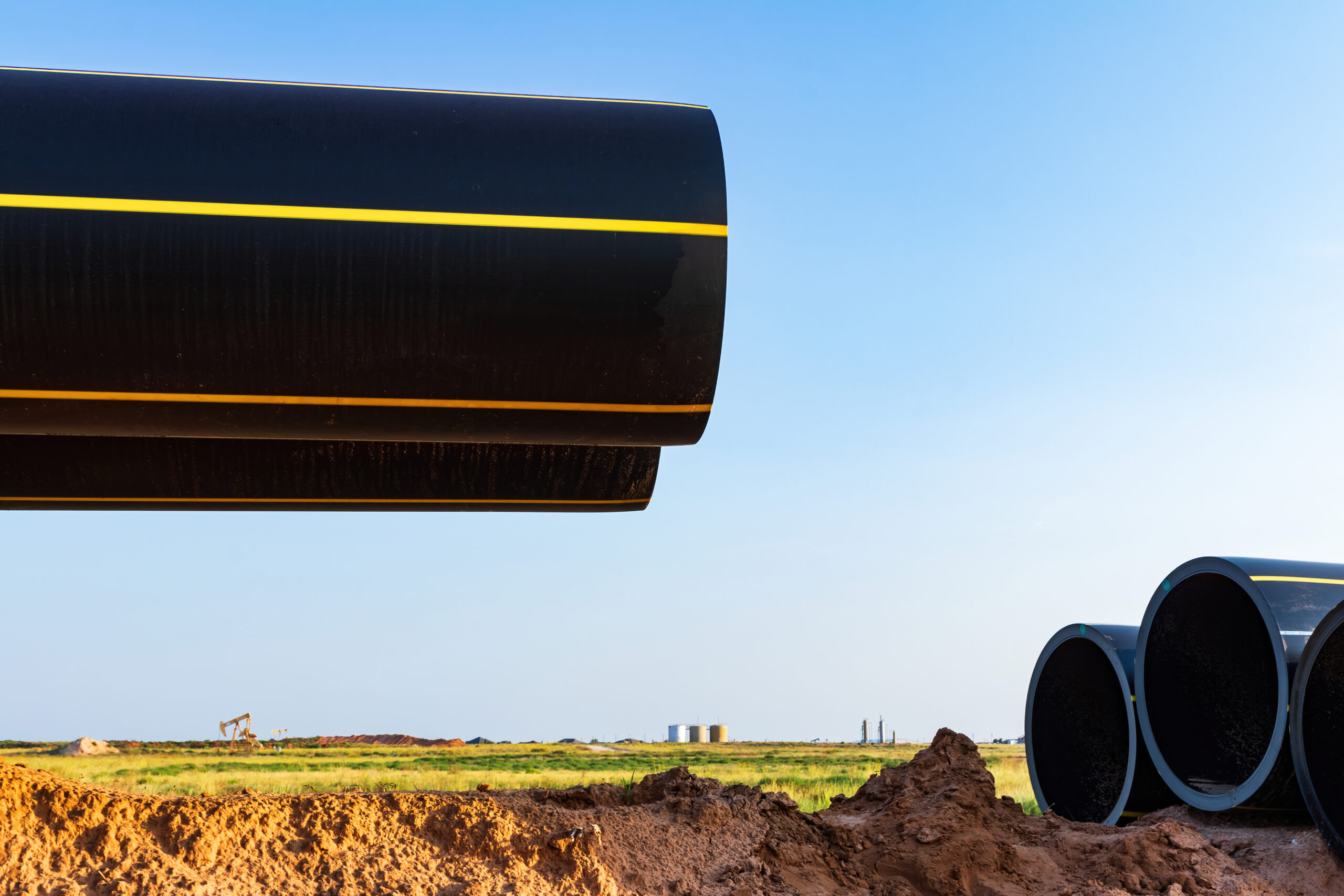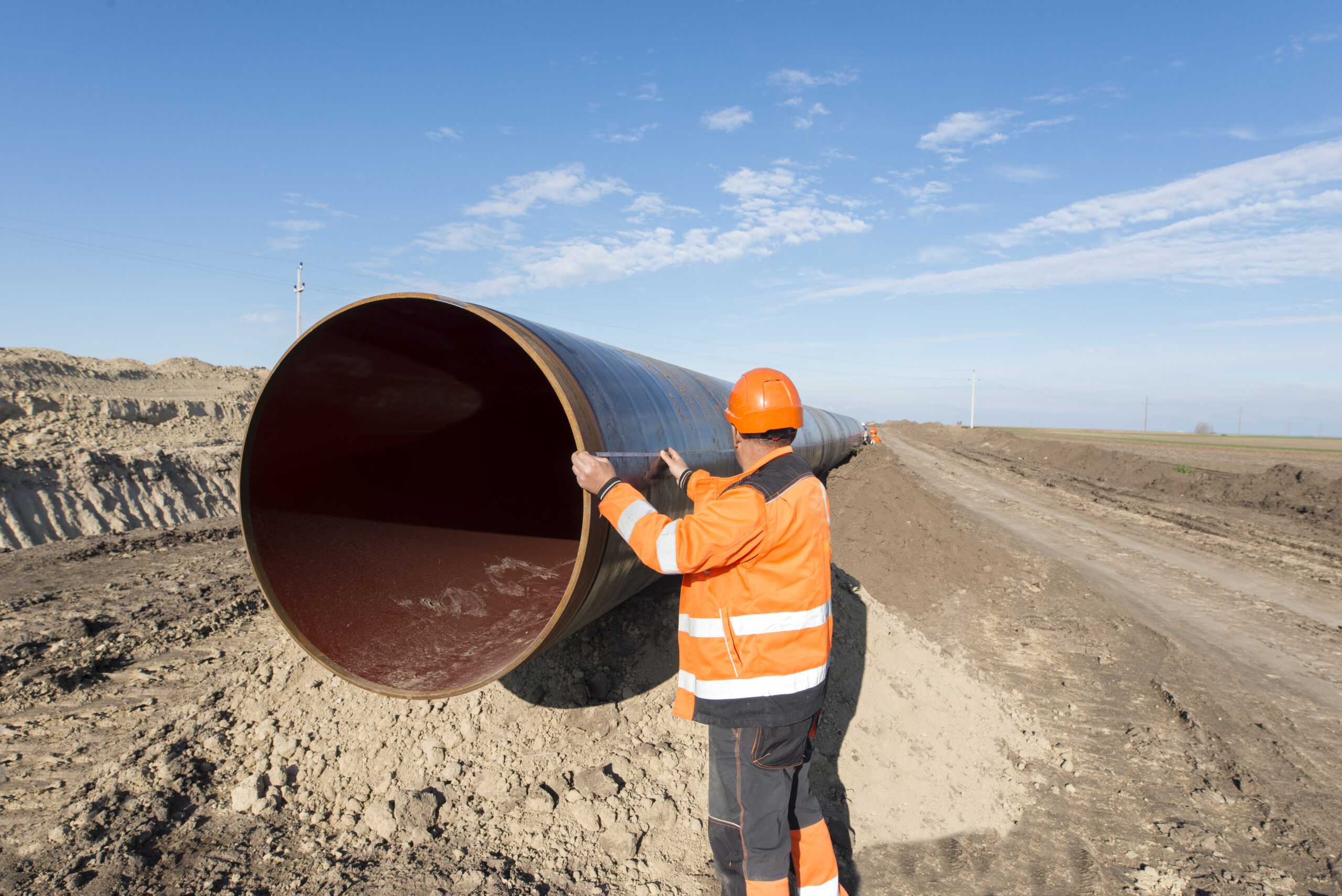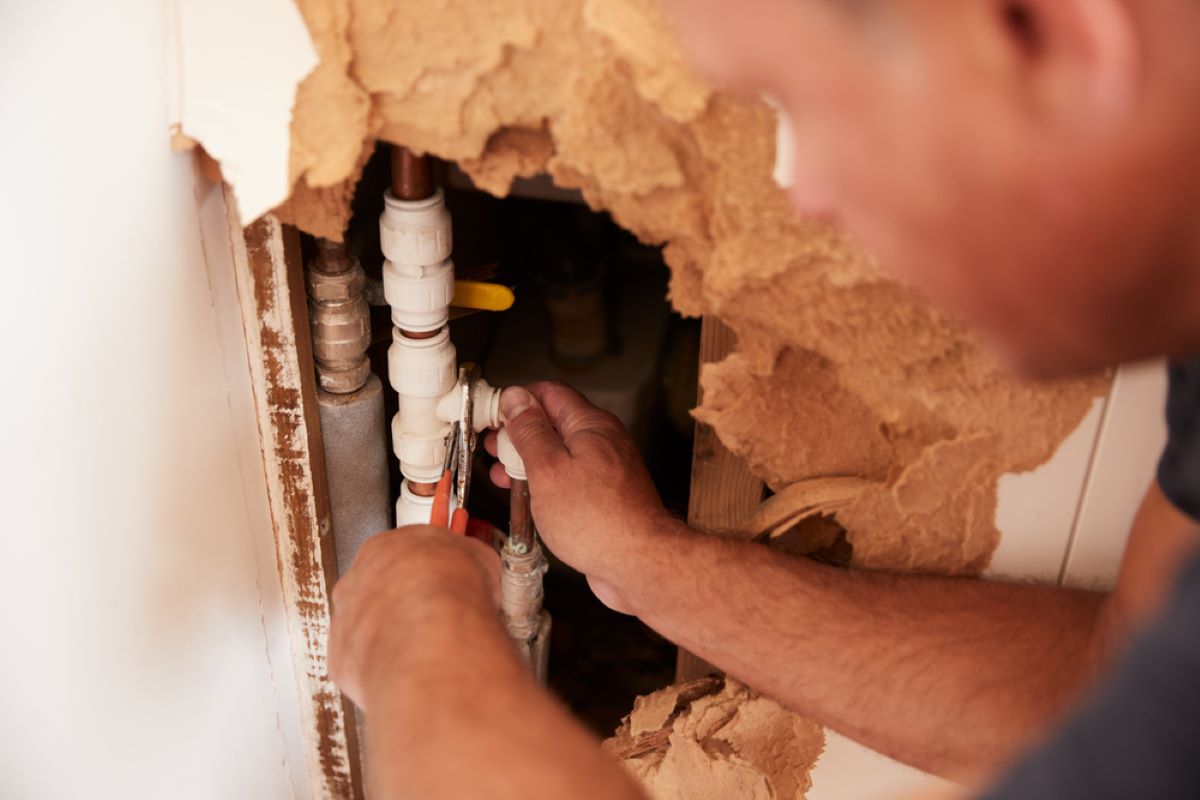Welding is an essential process in the manufacturing and construction industries, particularly in the pipeline sector. However, welding joints often present challenges that can compromise structural integrity, efficiency, and safety. In the case of LPS (Lined Pipe Systems), which specializes in lined pipes, welding is a crucial step in ensuring a robust and corrosion-resistant pipeline. Understanding these challenges and their solutions is key to achieving durable and high-quality welds.
Advanced technologies such as Rotolining, Thermoplastic Lining, and Fluoropolymer Lining enhance corrosion resistance in pipelines. These technologies require specialized welding techniques to ensure that the integrity of the liner remains intact while maintaining strong and durable joints.
This blog will explore the common challenges in welding joints, and provide practical solutions to mitigate these issues.
Common Challenges in Welding Joints
Poor Weld Penetration
Poor penetration occurs when the weld does not fully fuse with the base metal, leading to weak joints that may fail under pressure or stress. In pipes, incomplete penetration can lead to leakage and reduced pipeline performance.
To address this issue, welders must use proper heat input to ensure full penetration, adjust welding speed and travel angle for better fusion, and employ preheating techniques, especially for thick-walled pipes. Conducting thorough inspections using non-destructive testing (NDT) methods is crucial.
Porosity in Welds
Porosity is caused by trapped gas in the weld metal, leading to voids that weaken the joint. This issue is prevalent in environments with contaminants such as moisture, rust, or oil on the base metal.
To prevent porosity, it is essential to clean the surface thoroughly before welding, use the right shielding gas composition and flow rate, and employ low-hydrogen electrodes to reduce moisture content. Avoiding welding in high-humidity conditions or taking necessary precautions can also help.
LPS’s Thermoplastic Lining technology provides an extra layer of protection against environmental contamination, reducing the risk of porosity-related defects.
Cracks in Welded Joints
Cracking is a serious defect that can result in weld failure. It can occur due to excessive stress, improper cooling rates, or contamination. To mitigate cracking, welders should use appropriate filler material to match base metal properties, implement preheating and post-weld heat treatment (PWHT) to control cooling rates, and reduce stress concentrations by using proper joint designs.
Regular ultrasonic or radiographic testing helps detect early signs of cracking. LPS’s Lining enhances resistance to chemical stress cracking, making it an ideal solution for reducing weld-related failures.
Lack of Fusion
Lack of fusion occurs when the weld metal does not properly bond with the base material, leading to weak joints. This can happen due to low heat input, improper electrode angles, or incorrect technique.
To resolve this issue, increasing heat input ensures full fusion, maintaining the correct electrode angle and travel speed improves bonding, and performing multipass welding strengthens thicker sections.
Using advanced welding techniques like Gas Metal Arc Welding (GMAW) or Tungsten Inert Gas (TIG) welding is also beneficial. This process reinforces fusion integrity in lined pipes, ensuring a strong bond between the materials.
Read more: What are different types of welded joints
Distortion and Warping
During welding, excessive heat can cause metal deformation, leading to misalignment and compromised structural integrity.
To prevent this, using proper clamping and fixturing controls movement, applying intermittent welding minimizes heat input, and preheating combined with controlled cooling reduces thermal stress. Considering the welding sequence and direction balances heat distribution.
LPS’s specialized pipe lining technologies help maintain structural integrity, preventing warping and distortion.
Corrosion in Welded Areas
Welded joints in lined pipes are particularly vulnerable to corrosion, especially in aggressive environments.
To mitigate this issue, using corrosion-resistant filler metals and coatings, applying post-weld passivation treatments, and ensuring proper heat treatment to reduce residual stresses are necessary. Regular inspections and maintenance prevent corrosion-related failures.
Weld Undercut
Undercutting occurs when excessive heat removes material from the base metal, creating a weak point in the joint. To prevent this issue, welders should control welding speed to avoid excessive heat input, use the correct electrode angle and size, and apply proper welding techniques to ensure a smooth transition between weld and base metal.
Spatter Formation
Welding spatter leads to excess material deposits around the joint, requiring post-weld cleaning and affecting weld quality. To reduce spatter, using anti-spatter sprays and coatings, optimizing voltage and current settings for stable arc conditions, and maintaining clean surfaces to prevent arc instability are recommended. Proper electrode angles and travel speeds also contribute to minimizing spatter formation.
Heat-Affected Zone (HAZ) Issues
The heat-affected zone in welding can weaken the material, making it prone to cracking and reducing overall strength. To minimize HAZ-related issues, controlled heat input should be used, and post-weld heat treatment should be applied to relieve stress.
Choosing materials with better heat resistance properties helps improve durability. Ensuring welding techniques are compatible with LPS’s Thermoplastic Lining prevents liner degradation and maintains pipeline integrity.
Misalignment of Joints
Improper alignment of welding joints can lead to uneven stress distribution and weak welds. To prevent misalignment, welders should use precision alignment tools and clamps, conduct proper fit-up inspections before welding, and ensure skilled operators handle the welding process. LPS’s precision-engineered lined pipes help minimize alignment issues, ensuring consistent and reliable joint performance.
Conclusion
Welding challenges in pipe systems require a strategic approach to ensure durable and high-quality joints. By implementing proper welding techniques, quality control measures, and using advanced welding technologies, these challenges can be effectively mitigated.
Regular inspections, adherence to industry standards, and skilled workforce training are crucial for maintaining the integrity of welded joints in pipeline systems. As Lined Pipe Systems continues to innovate with cutting-edge solutions such as Thermoplastic Lining addressing welding challenges will play a key role in ensuring the long-term performance and reliability of its pipeline products.
